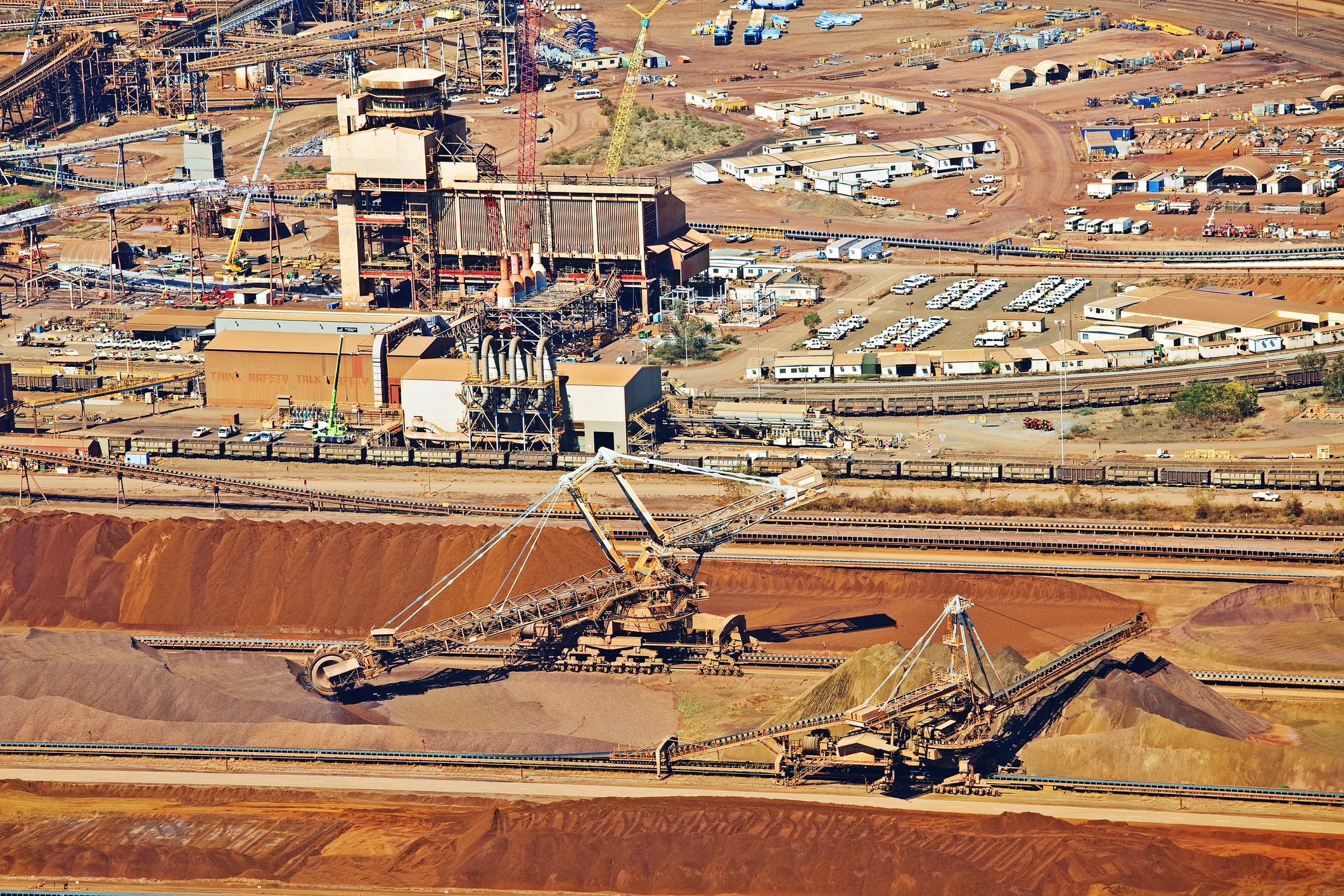Labour shortages hit BHP as iron ore and nickel volumes drop

Pic: John W. Banagan/Stone Collection via Getty Images
BHP’s (ASX:BHP) nickel and iron ore businesses suffered the effects of well documented Covid and workforce shortages, with the world’s biggest mining company the latest to cop a hit to production in the March quarter.
BHP’s production volumes at its WA Iron Ore operations in the Pilbara were struck by temporary labour issues due to Covid-19, train driver shortages and maintenance, falling 10% quarter on quarter to 59.7Mt (66.7Mt on a 100% basis).
BHP has maintained its guidance of 246-255Mt (278-288Mt on a 100% basis) for FY22, with its 211.1Mt 100% production rate in line with 2021.
Its Nickel West unit also suffered from the rise of Covid-19 cases in Western Australia, with production falling 13% quarter on quarter to 18,700t.
Nickel West’s year to date output is 13% lower than FY21 at 58,000t due to labour shortages and planned maintenance across the back end of 2021, prompting BHP to lower guidance from 85-95,000t to 80,000-85,000t.
BHP boss Mike Henry says labour pressures will continue before easing over the course of 2023.
“Market volatility and inflationary pressures have increased further as a result of the Russian invasion of Ukraine,” he said.
“We continue our work to mitigate cost pressures through a sharp focus on operational reliability and cost discipline.
“While we expect conditions to improve during the course of the 2023 calendar year, we anticipate the skills shortages and overall labour market tightness in Australia and Chile to continue in the period ahead.”
Copper guidance lower, met coal bounces back
BHP has timed the return of its met coal business impeccably, after being hit by Covid and wet weather late last year.
Production rose 20% in the March quarter to 10.6Mt, with a similar production level needed to hit BHP’s 38-41Mt guidance in the June quarter.
Its guidance of 68-72Mt on a 100% basis is still in place.
That dovetailed with record prices of coking coal, hitting almost US$670/t at one point for the kind of premium hard coking coal produced at BHP’s BMA JV with Mitsubishi amid supply concerns around Russian coal.
But BHP’s copper guidance has been dropped from 1.59Mt-1.76Mt to 1.57Mt-1.62Mt after issues at its Escondida mine in Chile, where production is down 13% year to date to 714,700t.
Escondida has been impacted by Covid and community unrest including road blockades. Production at Olympic Dam in South Australia is also expected to be at the lower end of its 140-150,000t range.
South Flank ramp-up continues
One big positive for BHP is the continued ramp-up of its new South Flank mine to its 80Mtpa run rate, hitting a 58Mtpa rate in the March 2022 quarter.
That powered record lump sales and Mining Area C sales. That’s a big deal for BHP because lump product gets a significant premium to the conventional fines product currently trading for around US$150/t.
Once South Flank hits its planned 80Mtpa run rate BHP will be the world’s largest lump iron ore producer, making up 33% of its product mix.
BHP has also confirmed the timelines for the proposed merger of its petroleum business into Woodside and the sale of its BMC coal mines to Stanmore Resources, with the deals expected to clear in June and May respectively.
BHP (ASX:BHP) share price today:
UNLOCK INSIGHTS
Discover the untold stories of emerging ASX stocks.
Daily news and expert analysis, it's free to subscribe.
By proceeding, you confirm you understand that we handle personal information in accordance with our Privacy Policy.








